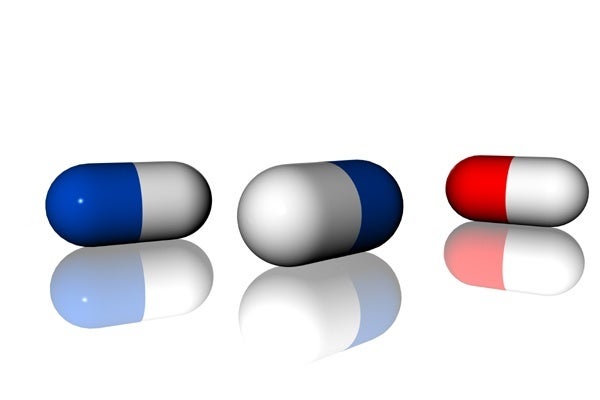For a product to be considered for retrospective validation, it must have a stable process, that is one in which the method of manufacture has remained essentially unchanged for a period of time. The first step in the product selection process is therefore to obtain a summary of changes in the method of manufacture. In most companies such information is part of the master batch record file. Then a time interval is selected that represented the last 20 or 30 batches. Products for which there is no record of a change in the method of manufacture or control during this period can be regarded as candidates for validation.
The 20-30 Batch Rule
The 20 to 30 batch rule originates from control chart principles, which considers 20 to 30 points that plot within the limits as evidence of a stable process. Once this criterion is met, the number selected is actually somewhat arbitrary, as there is no one number that is correct for every product. The ideal number of batches to study a product is theoretically the number that permits all process variables to come into play. By process variables, we mean raw materials from different but approved vendors, introduction of similar but different pieces of equipment, personnel and seasonal changes, and the like.
This academic approach may present a rather unwieldy situation, especially for a high-volume product, for which change in process variables occurs infrequently. The influence of seasonal changes is such as example. In such instances, compromise will need to be reached between process variables included for study and the number of batches that can be examined for data. This decision-making is best handled by a validation committee.
[polldaddy poll=”6704750″]
Change in Method
The second step in the product selection process addresses the situation in which a change in the method of manufacture or control was implemented during the last 20 or so production batches. The fact that a change has occurred does not automatically disqualify the product for retrospective validation. One must first know whether the particular modification had caused an expected result to be different to the extent that it is no longer comparable to previous batches.
Suppose the method of granulation was changed midway through the series of 20 batches selected for the validation study. The number of batches representing the new process would be significantly reduced and could be insufficient to capture some of the interactions that can affect process reproducibility. In general, a history of any one of the following changes to the method of manufacture and control should be fully investigated before any decision is made to validate retrospectively:
- Formulation changes involving one or more of the active ingredients or key excipients.
- Introduction of new equipment not equivalent in every respect to that previously in use.
- Changes in the method of manufacture that may affect the product’s characteristics.
- Changes to the manufacturing facility.
Prospective Validation
A product found to be unsuitable for retrospective validation because of a revised manufacturing process is a likely candidate for prospective validation, which is beyond the scope of this article. Such a discovery should be brought to the attention of the appropriate authority. In today’s regulatory environment, ignoring the matter would be a mistake.
The third and last step in our selection process is to identify which products are likely to be discontinued because of a lack of marketing interest or regulatory consideration, to be sold, or to be reformulated. The timing of these events will dictate whether the product in question remains a viable candidate for retrospective validation or not.
